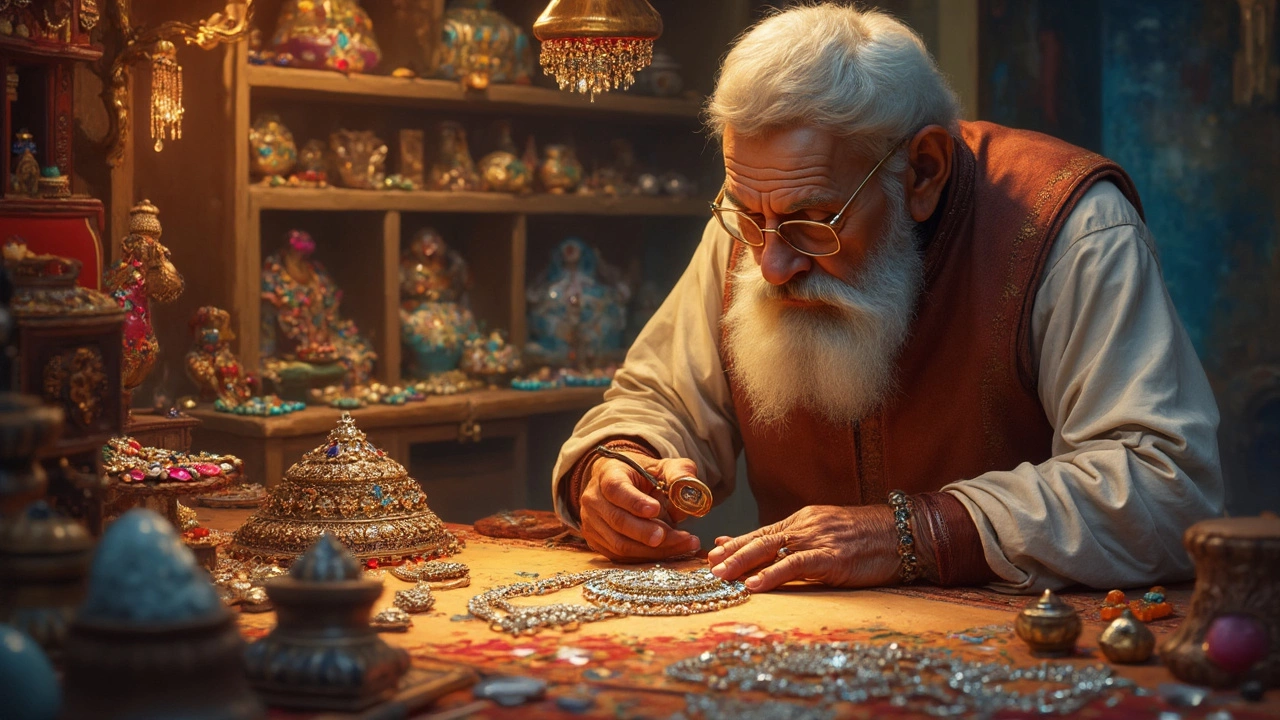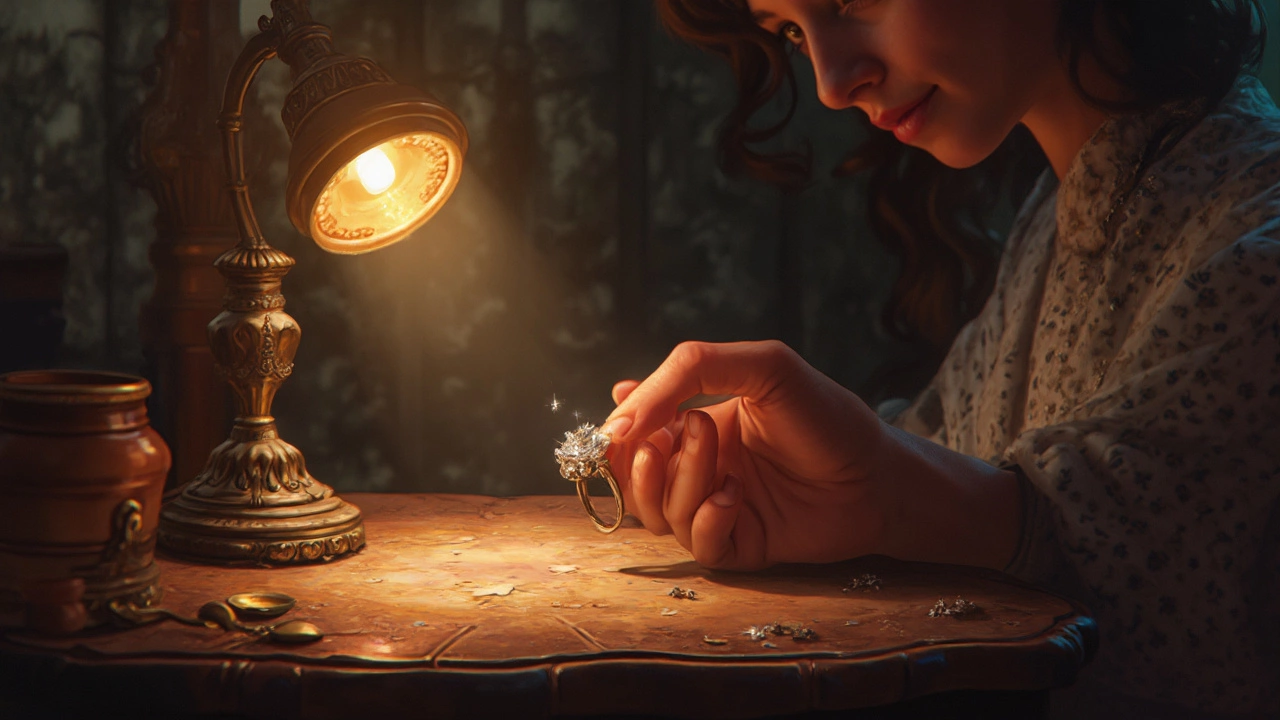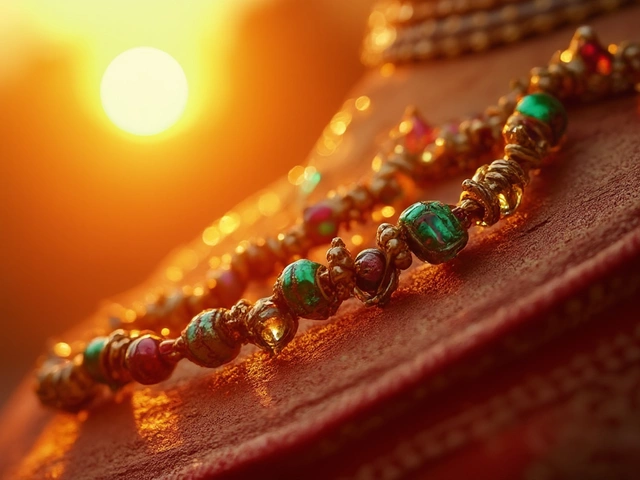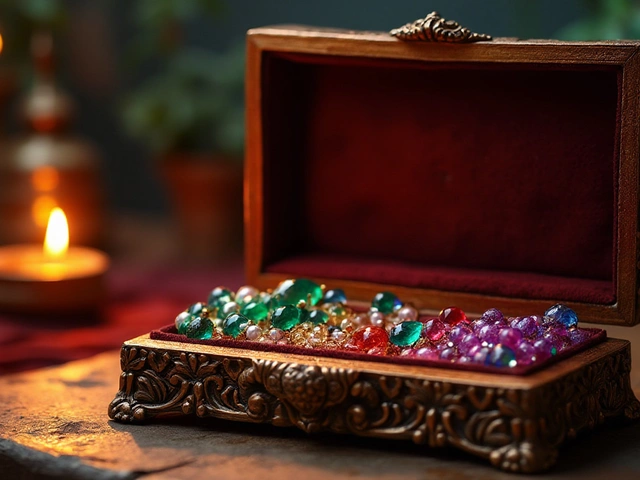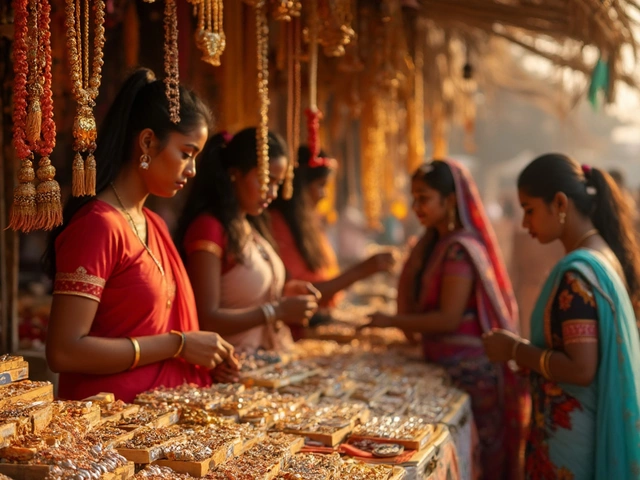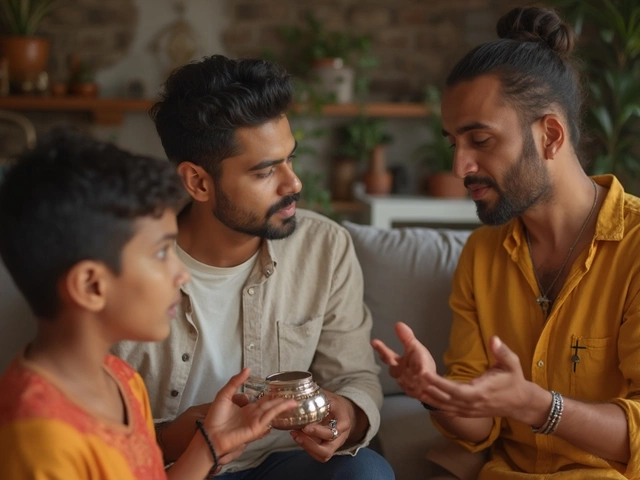Real Diamond: Spotting Authentic Gems and Buying Smart
If you’ve ever wondered whether that sparkle in a jewelry box is a real diamond or just a look‑alike, you’re not alone. Most people trust their eyes, but a diamond can fool even the keenest gaze. Luckily, you don’t need a lab to tell the difference. With a few simple tricks and a bit of knowledge, you can separate genuine stones from cheap imitations before you spend a rupee.
Quick Checks You Can Do at Home
First off, grab a piece of newspaper or a printed page. Hold the stone flat on the text. A real diamond reflects the letters sharply, almost like a mirror. A fake will look blurry or distort the print.
Next, try the fog test. Breathe on the stone like you would on a mirror. A real diamond disperses heat quickly, so the fog disappears in a second. If the fog sticks around, you probably have glass or cubic zirconia.
Another easy test is the water drop. Place a tiny drop of water on the diamond’s surface. Because of its high density, a real diamond will make the drop bead up and roll off. On a lighter stone, the drop spreads or sticks.
Don’t forget the magnet test. Diamonds aren’t magnetic, so a magnet won’t attract them. If your stone sticks to a magnet, it’s definitely not a diamond—it could be a piece of iron‑based glass.
These tricks are handy, but they’re not foolproof. High‑quality fakes can pass some of them. That’s why you should also look for professional marks.
What Matters When You Purchase
Real diamonds come with a certification from a reputable lab like GIA, IGI, or BIS in India. The certificate lists the stone’s weight, color, clarity, and cut—collectively called the 4Cs. If a seller can’t show you a report, walk away.
Weight (carat) is easy to verify, but color and clarity need a trained eye. Light‑colored diamonds (D‑F) are rare and pricey, while a faint yellow (J‑M) can still look beautiful in the right setting. Clarity ranges from flawless (no inclusions) to included (visible spots). Most everyday jewelry falls in the SI‑I range, which looks clean to the naked eye.
Cut is the real performance driver. A well‑cut diamond sparkles more than a heavier, poorly cut stone. When you compare two diamonds of the same carat, the one with a higher cut grade will usually look brighter.
Price should reflect the 4Cs and the certification. If a deal seems too good to be true, it probably is. Remember, a cheap price often means a synthetic stone or a heavily treated diamond.
Finally, buy from a trusted retailer—online or offline. Look for clear return policies, warranty, and after‑sales service. RH Jewellers India, for example, offers certified real diamonds with a transparent pricing structure, making the buying experience smoother.
By using these home tests and focusing on certifications and the 4Cs, you’ll feel confident that the sparkle you’re about to wear is the real deal. Happy hunting, and enjoy that genuine diamond glow!
How to Tell If a Diamond Is Real: Essential Tips for Antique Jewelry Lovers
Uncovering the truth about whether a diamond is real can be quite the conundrum, especially when it comes to antique jewelry. From simple at-home tests to expert advice, this guide walks you through the practical steps to identify authentic diamonds. Learn about the ice test, reading inscriptions, and the importance of certifications. Find out how these tips can make a difference in your jewelry hunting experience.
How to Spot a Real Diamond Ring with Just a Flashlight
Testing a diamond ring's authenticity using a flashlight might sound unconventional, but it's surprisingly effective. By observing the way light interacts with the stone, you can spot differences between genuine diamonds and fakes. This method, combined with other tips like examining diamond settings and the stone's weight, is handy especially for antique jewelry enthusiasts. Knowing these tricks can save you money and heartache when hunting for vintage treasures.
